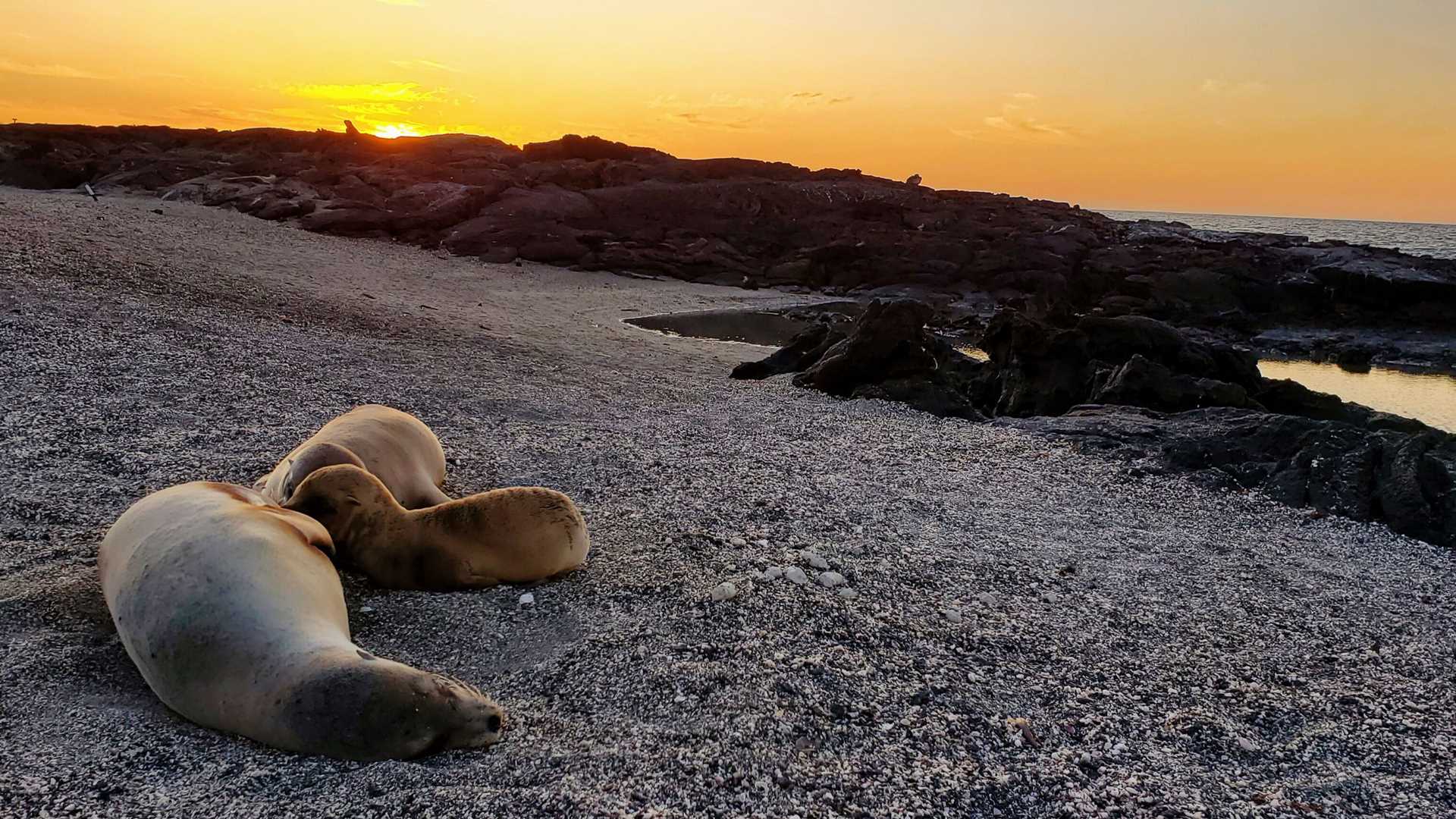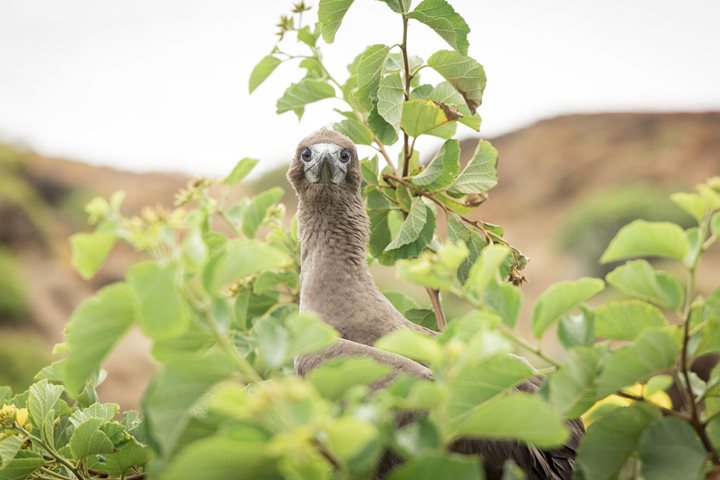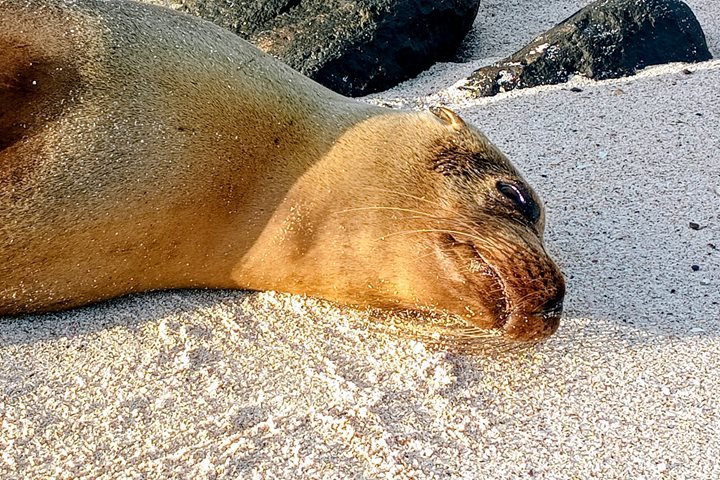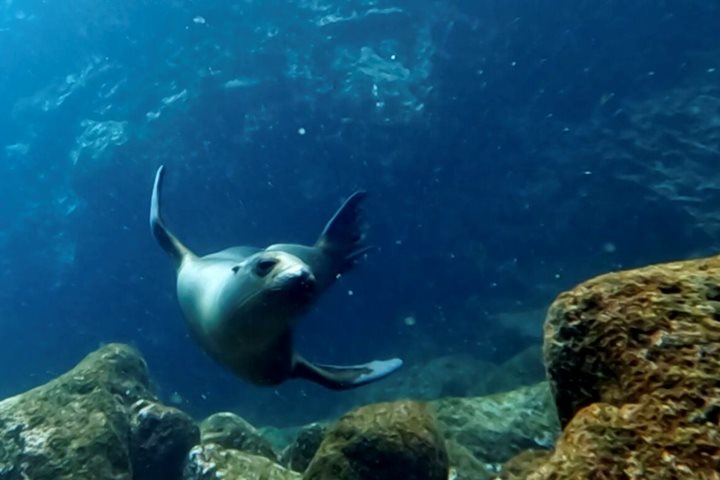It was a very calm morning as we navigated to Punta Vicente Roca. From the observation deck, we enjoyed the view of many rays splashing. As we arrived, we got out the Zodiacs to explore the coast of this magical place. The geological formations are impressive, and the wildlife on the coast made it even better. Penguins posed on the rocks for our pictures, flightless cormorants dried their wings after a successful fishing, turtles popped their head out of the water to take a breath, and much more. We could not wait to snorkel in this place. In the afternoon, we visited Fernandina Island. The temperature was perfect for a walk on Punta Espinoza. What an impression it made to see so many marine iguanas at once. We had to watch our steps carefully; they were everywhere!
- Daily Expedition Reports
- 28 Sep 2022
Isabela and Fernandina Islands, 9/28/2022, National Geographic Islander II
- Aboard the National Geographic Islander II
- Galápagos
Cristian Villaroel, Naturalist
Cristian was born and raised on Santa Cruz Island, at the heart of the Galapagos Archipelago. He had the privilege of enjoying the beauty of the natural world of Galapagos every weekend, sailing in his family's small fishing boat. His parents passed ...
Read MoreShare Report
Galápagos Escape: An 8-Day Voyage
VIEW ITINERARYRelated Reports
6/23/2025
Read
National Geographic Islander II
Española Island
Today we visited Española Island, the southernmost—and one of the most spectacular—of all the Galápagos Islands. Known for its unique wildlife and dramatic landscapes, Española offered us a day full of unforgettable encounters. In the morning, we landed at Gardner Bay, where a long stretch of white coral sand welcomed us. Galápagos sea lions lounged along the shore, completely unfazed by our presence. Offshore, we snorkeled in the clear waters among colorful reef fish and Pacific green sea turtles. Playful sea lions swirled around us like underwater acrobats. In the afternoon, we explored Punta Suárez, one of the best wildlife viewing sites in the entire archipelago. The trail led us through colonies of Nazca boobies and blue-footed boobies, some engaged in nesting or courtship dances. We also witnessed waved albatrosses, many sitting on eggs or gliding in the wind above the cliffs. The highlight for many was watching a pair of albatrosses perform their elaborate, synchronized courtship ritual, full of beak clacking and head swaying. As we approached the cliff’s edge, we were treated to the dramatic sight of waves crashing against the rocks and the famous blowhole, which sent bursts of water high into the air. With seabirds soaring overhead and marine iguanas sunbathing in every direction, the magic of Española was on full display.
6/22/2025
Read
National Geographic Islander II
Floreana Island
Today the guests of National Geographic Islander II had a chance to snorkel at Champion Islet, just off Floreana Island. It was a breathtaking expedition to one of the most vibrant marine ecosystems in the Galapagos. As soon as we slipped into the water, we were greeted by schools of colorful fish and playful Galapagos sea lions.







